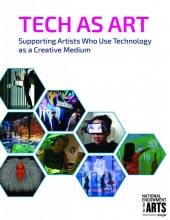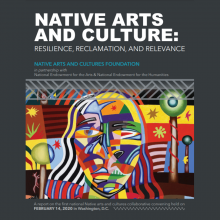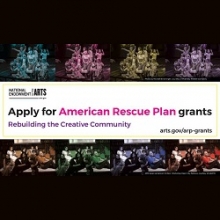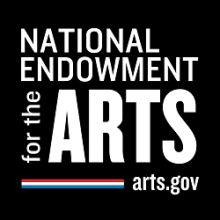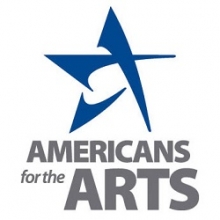Following the strong, public statements of solidarity with Black Lives Matter that cultural institutions across the country made in Summer 2020, museums, artist-endowed foundations, and other arts organizations began to look inward, identifying all the ways their commitment to diversity, equity, inclusion, and access can be lived in their day-to-day activities. This has prompted endowed cultural organizations to seriously evaluate whether their investment decisions reflect their values, and to begin the journey to align their money with mission and purpose. Such a reflection is a natural outgrowth of recent debates over accepting donations earned through the sale of opioids, fossil fuels, weapons, and the operation of private prisons. It also recognizes that Next Generation art donors and foundations that fund the arts—many of whom are impact investors themselves—are beginning to evaluate an arts organization’s investments alongside its programs and policies when deciding where to give. America’s museums, libraries, art schools, performing art centers, and other cultural institutions steward more than $58 billion in financial assets through their endowments. This means investment policies and practices offer a meaningful way for cultural institutions to signal their values of diversity, equity, inclusion and access.
Read More

